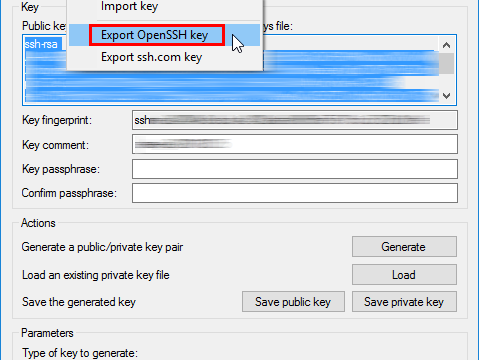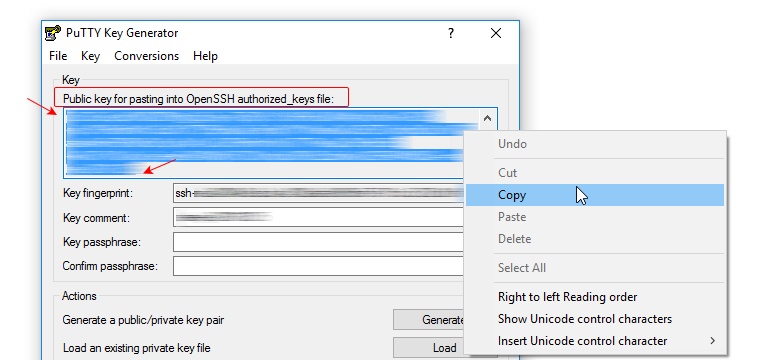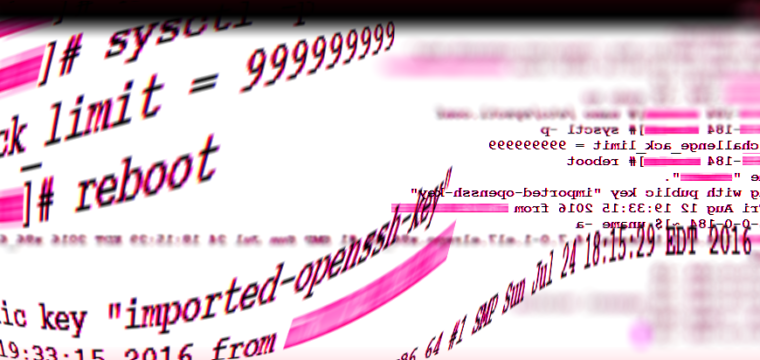When using authentication based on keys (as opposed to a password), you have to create the key pair—a private key and a public key—on your local machine, then transfer the public key to the server and install it there. Here is how to do this on a Windows desktop for remote access to a Linux server.




